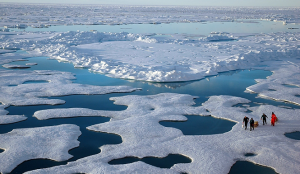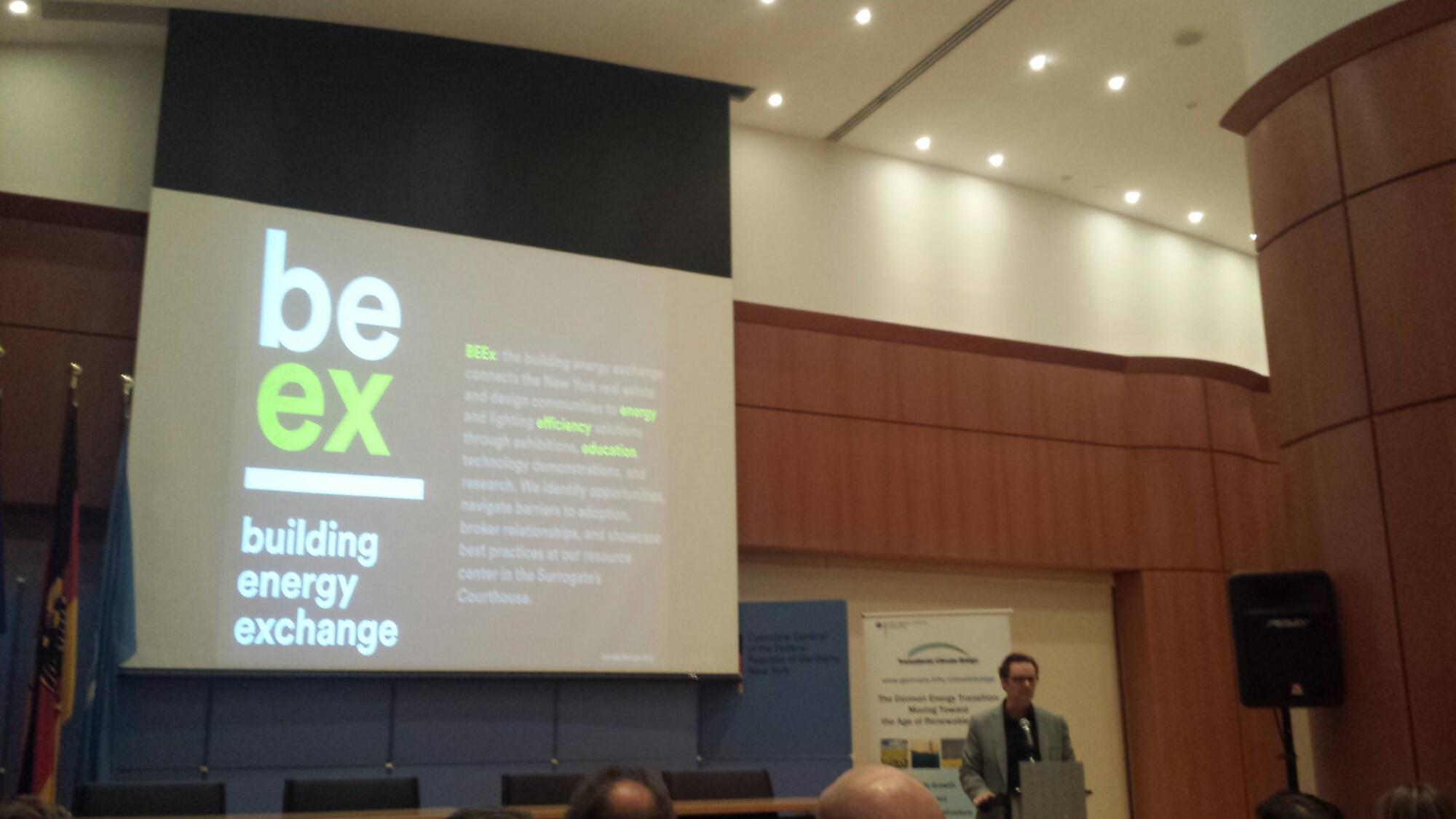Category: Climate Change, Energy Efficiency, Green Buildings, Green Museum, Green Practices, News, Sustainability
Tags: climate change, climate museum, earth institute, energy efficiency, green building, green museum, sustainability
Sitting outside at a quaint West Village cafe on a late summer Friday evening I got to catch up with Miranda Massie, the star behind the new soon to be Climate Museum in NYC. The notion of the Climate Museum came shortly after Miranda experienced first hand the affects of Hurricane Sandy, as she told the NY Times, “I think Sandy took the urgency I was feeling about the climate and raised it by an order of magnitude. It made me feel like I didn’t have the idea; the idea had me.” Since the inception of the idea the museum now has a 5-year provisional charter from the Board of Regents of New York State and is gearing up for the next phases of some exciting public programming.

Sharon Gaber (SG): Seeing as this is a Climate Museum and you’ll be presenting this topic with as much transparency as possible will you be seeking funders who have already implemented CSR, corporate social responsibility? And could you talk about any prospective funders and where the initial investment will be allocated.
Miranda Massie (MM): There is not that much we can say about funding at the moment, we are in the quiet stage of a seed raising fund campaign so we are not able to make public investment statements about it. But we do have decisions to make as trustees about who we want to work with. Right now we are raising capital specifically to do a pop-up exhibit on Governor’s Island in partnership with the Earth Institute for next summer, as well as upcoming community meetings and panels throughout the city and finally an idea’s design competition. Our pathway right now in terms of funding is: public programming of different kinds, an interim museum sized around 10,000 – 20,000 sq ft, and the final institution, sized around 100,000 sq ft.
SG: I saw some of the designs for the final museum, in considering that design how will green building and sustainability come into play? And do you think you will design a LEED certified building?
MM: I think it will be incredibly important for the building to use both beauty and scale to inspire visitors and to elevate the subject and experience for one thing. And for a second thing it’s going to be mandatory for the building in others ways to express the museum’s mission in relation to efficiency and carbon neutrality, for sure but exactly what it will be is unknown right now. In terms of LEED, it is so preliminary it is a big question mark, however, I would advocate that the museum building should seek to provide inspiration and leadership on those kinds of standards and far exceed whatever the current best practices are. The museum’s design should be seeking to move the ball forward on efficiency and emissions.
SG: In terms of exhibits, you mentioned Governor’s island, do you have ideas for the exhibit and how you will be presenting them?
Miranda: Yes, we do. We have an idea of a collaboration with the Earth Institute as our central exhibit on Governor’s Island but there will be more than one thing going on out there next summer. The collaboration with them is on a report that they will be finalizing and will be released next Spring showing pathways to 80% carbon reduction by 2050 for the USA as a whole. It’s going to be absolutely awesome! We are choosing a designer in the weeks to come, the timeline is pretty short and the task of that firm will be to take the geekiest report ever and make is completely captivating and accessible to you and me and my nephews and niece.

SG: I imagine you will have the latest technology at the museum, any ideas of apps that you may be using?
MM: We envision having an app, pursuant to which when you leave the museum if you chose you can examine a crowd source list of options that other people have identified or prepared to take, that could be anything like: I will have one conversation with my colleague, a member of my mosque, synagogue or church to I will quit my job and go work for NRDC. We think we need all hands on deck, we think we need actions large and small in every time frame and we want to give people the ability to choose what works for them, choose their first foothold and hopefully then build on it wherever they are starting and be able to feed that information back into the museum so it becomes part of the inspiring, curated content of the institution.
SG: Do you have any plans for NYC Climate Week coming up?
MM: Yes, and I am so excited to tell you that we are participating in climate week. We are doing an affiliate event, just an informal, small thing, but a day of conversations at the museum offices with the staff. We are incredibly excited to be affiliated with Climate Week NYC 2015 and the The Climate Group and it’s great development for us!





